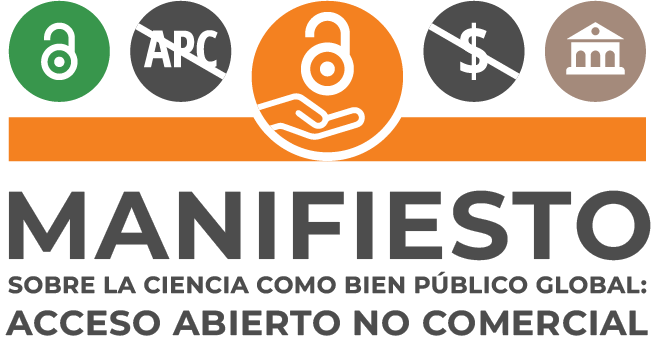Prevalence of overweight/obesity and associated risk factors in employees of the Fund for the Protection of the Crippled and Disabled as a Consequence of the Armed Conflict, January-April 2017
DOI:
https://doi.org/10.5377/creaciencia.v11i1-2.6038Keywords:
Overweight, obesity, cripples, disabled, FOPROLYD, El SalvadorAbstract
Goal. The objective of this study was to determine the prevalence of overweight/obesity and associated risk factors in employees of the Fund for the Protection of the Crippled and Disabled as a Consequence of the Armed Conflict (foprolyd), as well as to determine the prevalence of central obesity. Methodology. Cross-sectional descriptive study with an analytical cut in which 230 people were studied (with a 93% response rate), regardless of whether they were physically disabled or not. Anthropometric measurements were taken: weight, height and abdominal circumference, adjusting the weight in the case of people with an amputated limb, the body mass index was obtained and each of them was interviewed; finally, the statistical association of risk factors with the disease. Results. A global prevalence of 83.50% of overweight/obesity was found, with a predominance of obesity; in addition, a high percentage of inadequate eating habits, sedentary lifestyle and family history of obesity. It was found that one in three people has central obesity. The risk factors that were associated with obesity were the consumption of more than five processed sugary drinks per week, a family history of obesity, abnormal birth weight and having suffered obesity in early stages. Conclusions. There is a high prevalence of overweight and obesity in men and women. Non-modifiable risk factors in adulthood have a significantly greater influence on obesity than modifiable factors.
Downloads
Published
Issue
Section
License
Copyright (c) 2022 Journal Creates Specialized Science in Health Areas

This work is licensed under a Creative Commons Attribution-NonCommercial-ShareAlike 4.0 International License.
Los artículos de Crea Ciencia están publicados en acceso abierto bajo una licencia CC BY-NC-SA 4.0 de la Universidad Evangélica de El Salvador.





















